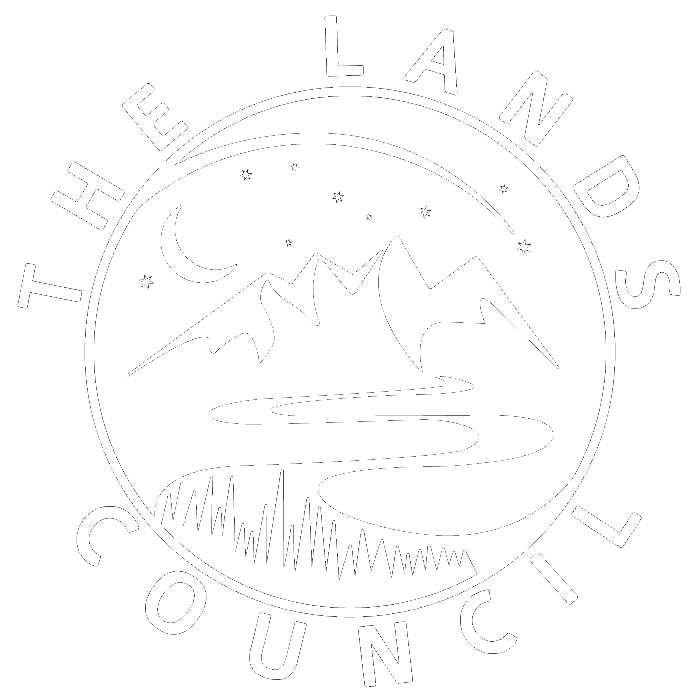By Mike Petersen
Wildfires are still burning throughout the West, especially California. Smoke is again creeping into Eastern Washington - although high in the atmosphere so far. There are differences of opinion of what to do and what the future will bring. We do know that on average the fire season is over a month longer and our summers are predicted to be dryer in the Northwest. Our climate is changing and we can expect more summers like this one.
But what about our forests? Should we manage them or should we leave them alone? I would contend that we are managing them by excluding fire. For the past century, this lack of fire has caused changes in forest density and forest species. We have also managed them for timber, built road systems, grazed livestock, and built homes nearby.
Fire exclusion across millions of acres in Inland Northwest forests is not likely to be reversed by a few thousand acres of logging every year, or the small amounts of prescribed burning that fits into an ever narrowing window in the spring and fall. Science based forest restoration means looking a large landscapes and prioritizing where fuel treatments are needed the most. Often those are at lower elevations, closer to communities - where logging was done decades ago and non-fire resistant trees were planted creating dense stands of the same age. Those stands are appropriate for management and provide logs to the mills.
Other areas, usually in wetter or higher elevation stands, had less frequent fires. Returning fire to those areas is the appropriate tool, and more investment is needed to use prescribed fire across more acres. Legislation introduced by Senators Cantwell and Wyden could help fund this work. Finally, many homes and communities were lost this year in Eastern Washington, in areas that were not forested, but were hit by high winds and human caused fires. Protecting those communities with Firewise actions could help reduce the risk. This is also an investment that we should be undertaking at a larger scale.

